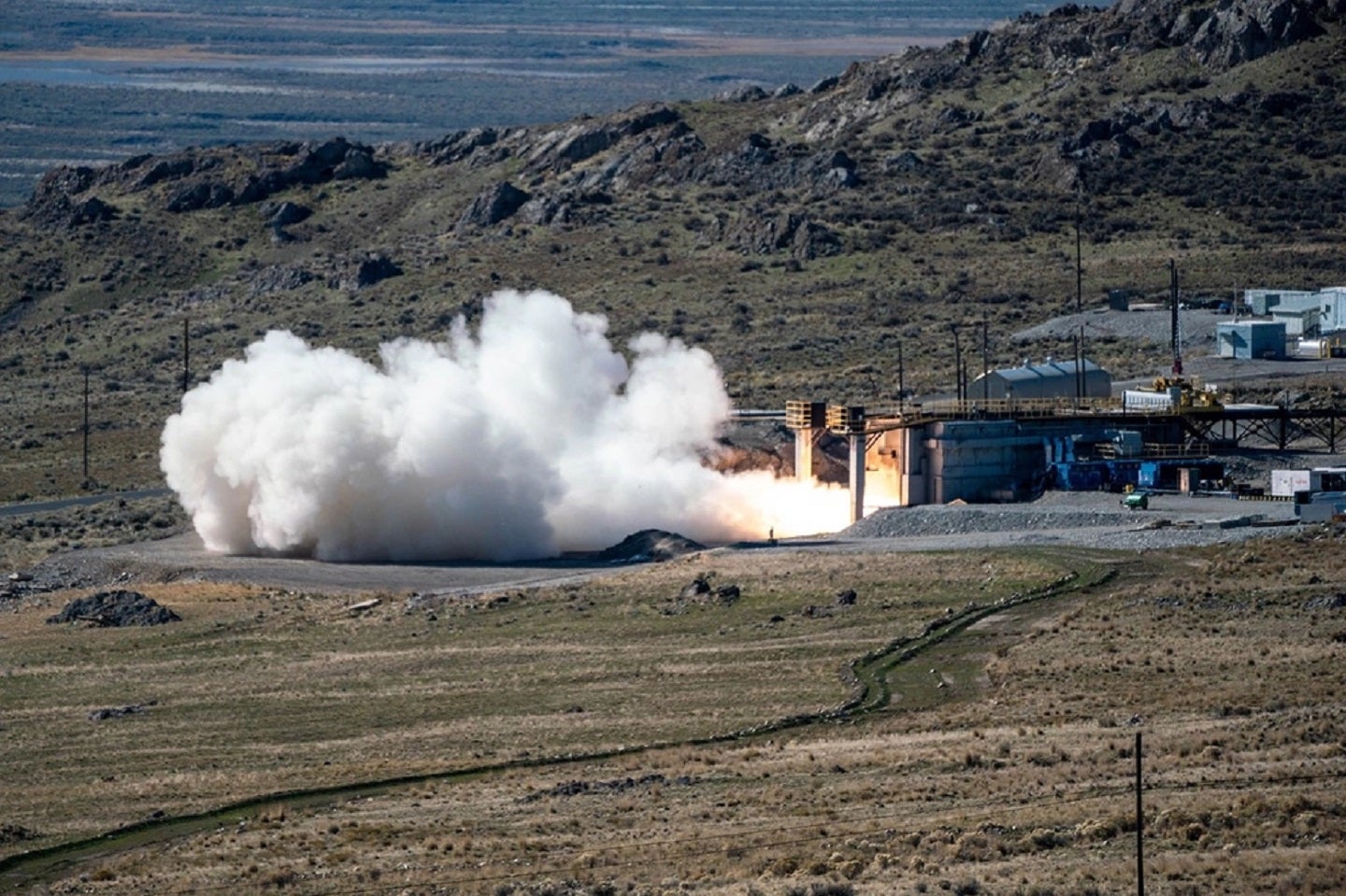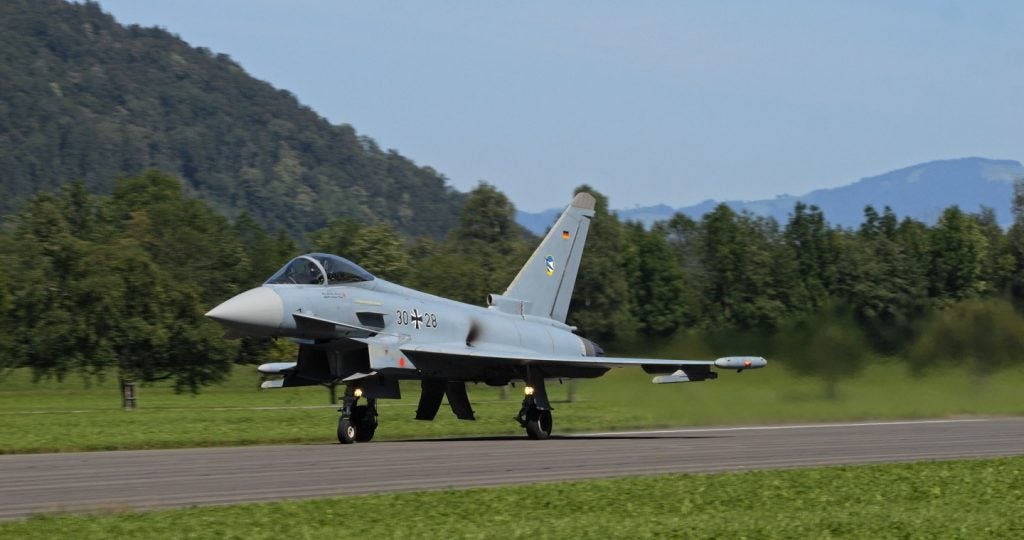
Lockheed Martin has announced its bid to target hypersonic technologies as a lead contractor for the US Missile Defense Agency’s (MDA) command and control, battle management, and communications (C2BMC).
C2BMC is the integrating element of America’s missile defence. The division is the force multiplier that globally and regionally networks, integrates and synchronises autonomous sensor and weapon systems and operations to optimise performance. C2BMC is operationally-fielded across 17 time zones in 33 locations, features more than 48,000 miles of communication lines that combines all sensors and threat data into a seamless missile defense architecture.
Lockheed plans to enhance C2BMC networking, data analysis and recommended actions through the integration of hypersonic defence, ballistic missile defence and cruise missile indication and warning.
The Vice President of C4ISR Systems for Lockheed Martin Amr Hussein commented: “Through new technology and upgrades, our cross-industry team of defence and commercial partners applies constant and considerable ingenuity to ensure C2BMC continues to evolve as our customer’s missions evolve and increase in complexity.”
Lockheed present reasonable intentions and moderate ambitions for integrating “advanced sensor data to detect cruise missiles earlier” and “enhanced tracking information, from sensors to weapon systems” for a layered missile defence architecture to meet the cpabailities of ballistic threats.
Hyper-ambitions
However, Lockheed declares its ambitious integration of hypersonics for the C2BMC programme.
How well do you really know your competitors?
Access the most comprehensive Company Profiles on the market, powered by GlobalData. Save hours of research. Gain competitive edge.

Thank you!
Your download email will arrive shortly
Not ready to buy yet? Download a free sample
We are confident about the unique quality of our Company Profiles. However, we want you to make the most beneficial decision for your business, so we offer a free sample that you can download by submitting the below form
By GlobalData“As hypersonic technology becomes more readily available – high-speed, agile weapons that historically are difficult to defend against – the urgency for hypersonic defence is higher than ever.
“Through hypersonic defence integration, the next generation of C2BMC will expand current and future capabilities to plan for, track and process these threats,” Lockheed claims.
The problem with this is that hypersonics are still at a very formative stage. The Congressional Budget Office (CBO) explain that “Shielding hypersonic missiles’ sensitive electronics, understanding how various materials perform, and predicting aerodynamics at sustained temperatures as high as 3,000 degress farenheit requires extensive flight testing.” Tests are ongoing but failures in recent years have delayed progress.
Although the US Department of Defense is delivering on its promises to strengthen the resiliency of the hyperosnic supply chain, this does not constitute the total solution to overcoming the industry’s technical obstacles, such as that outlined by the CBO.
Air Force General Glen VanHerck testified on 9 May before the Senate Armed Services Subcommittee on Strategic Forces hearing regarding the fiscal year 2024 defense authorization request and the future years defense programme.
VanHerck argued that “Hypersonic weapons are extremely difficult to detect and counter given the weapons’ speed and maneuverability, low flight paths and unpredictable trajectories.
“I believe the greatest risk for the United States stems from our inability to change at the pace required by the changing strategic environment.”
While implementing hypersonics can work with limited capability, as it stands there are still technical issues puzzling industry developers.






